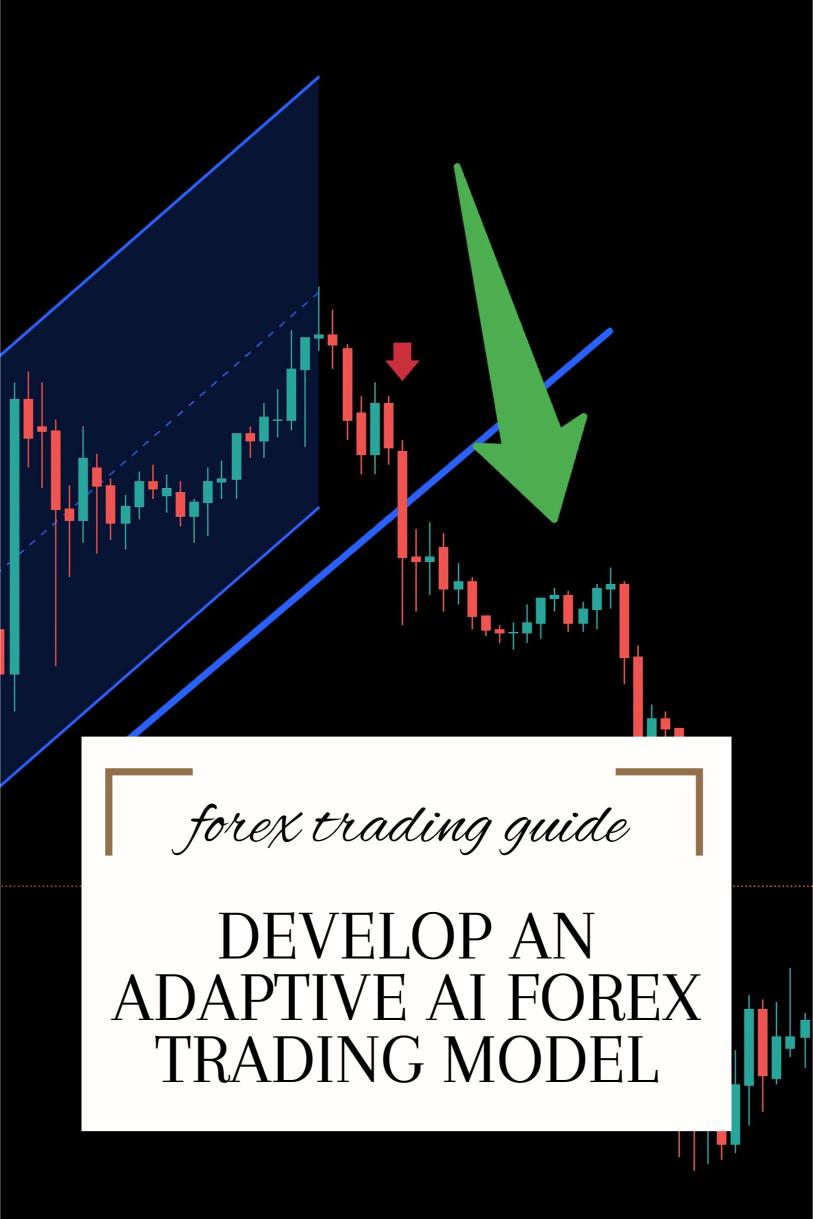Last Updated on February 8, 2025 by Arif Chowdhury
Are you tired of losing money in Forex trading?
Wondering how to keep up with the market’s twists and turns?
Let’s get real. The Forex market is a beast.
With volatility, sudden price swings, and endless factors to consider, it can feel overwhelming.
But what if I told you that an adaptive AI Forex trading model could be the game-changer you need?
As a seasoned Forex trader since 2015, I’ve walked this path.
I’ve developed a unique trading strategy that has led me to consistent profitability.
Now, let me share how you can leverage AI to elevate your trading game.
Understanding the Basics of AI in Forex Trading
First off, what is an adaptive AI Forex trading model?
In simple terms, it’s a system that learns and evolves based on market conditions.
Here’s why you should care:
- Dynamic Adjustments: Unlike static models, adaptive AI can modify its strategies in real time.
- Data-Driven Decisions: It processes vast amounts of data, identifying patterns and trends that human traders might miss.
- Increased Efficiency: AI can execute trades faster than any human, seizing opportunities in milliseconds.
Did you know that over 70% of trades in Forex are executed by algorithms?
That’s how powerful this tech is.
Steps to Develop Your Adaptive AI Forex Trading Model
Now, let’s dive into the nitty-gritty of developing your own model.
1. Define Your Trading Goals
Before you even think about coding, nail down what you want to achieve.
- Are you looking for short-term gains or long-term stability?
- What’s your risk tolerance?
Setting clear goals will guide your model’s parameters.
2. Gather Your Data
Data is the lifeblood of any AI model.
- Historical price data: Get at least 10-20 years of data to train your model effectively.
- Economic indicators: Include GDP, interest rates, and employment rates for better predictions.
- News sentiment: Use natural language processing to gauge market sentiment from news articles and social media.
3. Choose the Right Algorithms
Not all algorithms are created equal.
Here are a few to consider:
- Machine Learning Models: Use regression analysis or decision trees for predictions.
- Neural Networks: These are great for complex pattern recognition.
- Reinforcement Learning: This method helps your model learn through trial and error.
You’ll want to experiment and see what works best for your specific strategies.
4. Backtest Your Model
This is where the magic happens.
Run your model against historical data to see how it performs.
- Look for accuracy: Does it predict price movements effectively?
- Analyze drawdowns: How much risk does it take during losing streaks?
- Adjust parameters based on results to enhance performance.
I’ve backtested my own 16 trading bots for the past 20 years, and they perform excellently even under harsh conditions.
5. Implement Risk Management
Never forget the importance of risk management.
Your model should include:
- Stop-loss orders: To limit potential losses.
- Position sizing: To determine how much to invest in each trade.
Building a robust risk management system can save you from devastating losses.
6. Continuous Learning and Adaptation
The market is always changing.
Your model needs to keep up.
- Regularly update your data inputs.
- Re-evaluate and refine your algorithms.
- Monitor performance and adjust strategies accordingly.
The Benefits of Using My Trading Bots
By now, you might be thinking about how to put this knowledge into action.
That’s where my 16 trading bots come into play.
These bots are designed to trade major currency pairs like EUR/USD and GBP/USD, using sophisticated algorithms to ensure long-term profitability.
Here’s why they rock:
- Diversification: Each currency pair has 3-4 bots, minimizing correlated losses.
- Long-Term Performance: They target 200-350 pips, making them perfect for sustained trading.
- User-Friendly: You don’t need to be a coding expert to benefit from them.
Check out my trading bot portfolio here and see how they can elevate your trading strategy.
Choosing the Right Forex Broker
Don’t overlook the importance of a solid broker.
The right broker can make or break your trading experience.
Consider these factors:
- Tight Spreads: Lower costs mean higher profits.
- Fast Execution: Speed is crucial; delays can lead to missed opportunities.
- Customer Support: You want a broker that’s there for you when you need help.
I’ve tested various brokers and can confidently recommend the best options for your needs.
Check out my top Forex brokers here to get started.
Conclusion
Developing an adaptive AI Forex trading model isn’t just for tech geniuses.
With the right approach, you can leverage AI to elevate your trading game.
Remember to:
- Set clear goals.
- Gather relevant data.
- Choose the right algorithms.
- Backtest thoroughly.
- Implement strong risk management.
- Keep your model learning and adapting.
So, are you ready to take your Forex trading to the next level?
Embrace technology and watch your trading journey transform.
